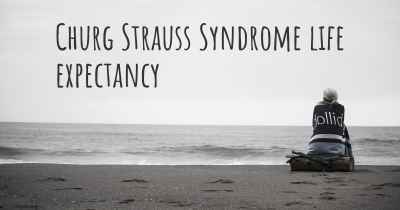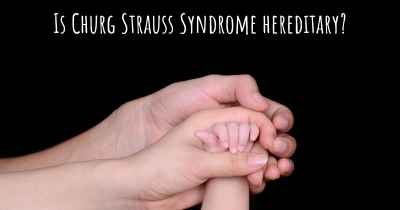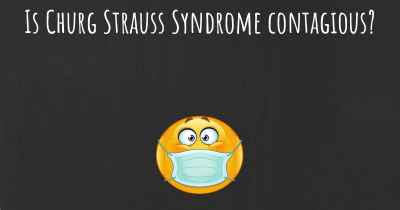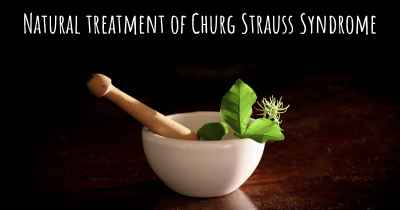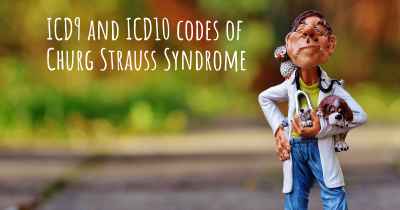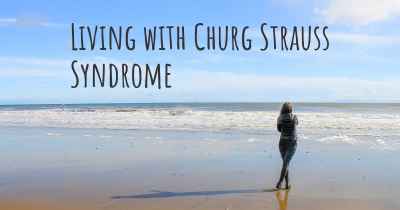What is the history of Churg Strauss Syndrome?
When was Churg Strauss Syndrome discovered? What is the story of this discovery? Was it coincidence or not?

Churg-Strauss Syndrome (CSS), also known as eosinophilic granulomatosis with polyangiitis (EGPA), is a rare autoimmune disease that affects multiple organs in the body. It was first described by Dr. Jacob Churg and Dr. Lotte Strauss in 1951, based on their observations of a group of patients with similar clinical features.
The history of CSS begins with the discovery of eosinophils, a type of white blood cell, by Paul Ehrlich in the late 19th century. Eosinophils were found to play a role in various allergic and inflammatory conditions. However, it wasn't until the mid-20th century that the specific syndrome associated with eosinophilic infiltration of blood vessels was recognized as a distinct entity.
In 1951, Dr. Churg and Dr. Strauss published a landmark paper titled "Allergic granulomatosis, allergic angiitis, and periarteritis nodosa" in the American Journal of Medicine. They described 13 patients who presented with asthma, fever, eosinophilia (elevated eosinophil count), and systemic vasculitis (inflammation of blood vessels). The patients also exhibited granulomatous inflammation in various organs, such as the lungs, heart, and skin.
This groundbreaking publication marked the first recognition of CSS as a distinct clinical entity. The term "allergic granulomatosis" was initially used to describe the syndrome, emphasizing the presence of granulomas (small areas of inflammation) in affected tissues. However, as further research was conducted, it became clear that the disease involved not only granulomatous inflammation but also vasculitis, leading to the adoption of the term "Churg-Strauss Syndrome" in honor of its discoverers.
Over the following decades, additional cases of CSS were reported, and researchers began to unravel the underlying mechanisms and diagnostic criteria for the disease. In the 1980s, the association between CSS and the presence of antineutrophil cytoplasmic antibodies (ANCA) was discovered. ANCA are autoantibodies that target certain proteins in neutrophils, another type of white blood cell. The presence of ANCA, particularly the subtype known as perinuclear ANCA (p-ANCA), became an important diagnostic marker for CSS.
Advancements in medical imaging techniques, such as computed tomography (CT) and magnetic resonance imaging (MRI), also contributed to the understanding of CSS. These imaging modalities allowed for the visualization of characteristic findings in affected organs, aiding in the diagnosis and monitoring of the disease.
In the late 20th century, the treatment of CSS primarily involved the use of corticosteroids to suppress the immune system and reduce inflammation. However, as our understanding of the disease improved, additional immunosuppressive medications, such as cyclophosphamide and azathioprine, were introduced to target specific aspects of the immune response.
In recent years, the classification and nomenclature of CSS have undergone revisions. In 2012, the Chapel Hill Consensus Conference proposed the term "eosinophilic granulomatosis with polyangiitis" (EGPA) as an alternative name for CSS. This change aimed to emphasize the vasculitic nature of the disease and align its classification with other forms of systemic vasculitis.
Today, CSS remains a rare and complex disease that requires multidisciplinary management involving rheumatologists, pulmonologists, and other specialists. Ongoing research aims to further elucidate the underlying causes and develop targeted therapies for this challenging condition.
